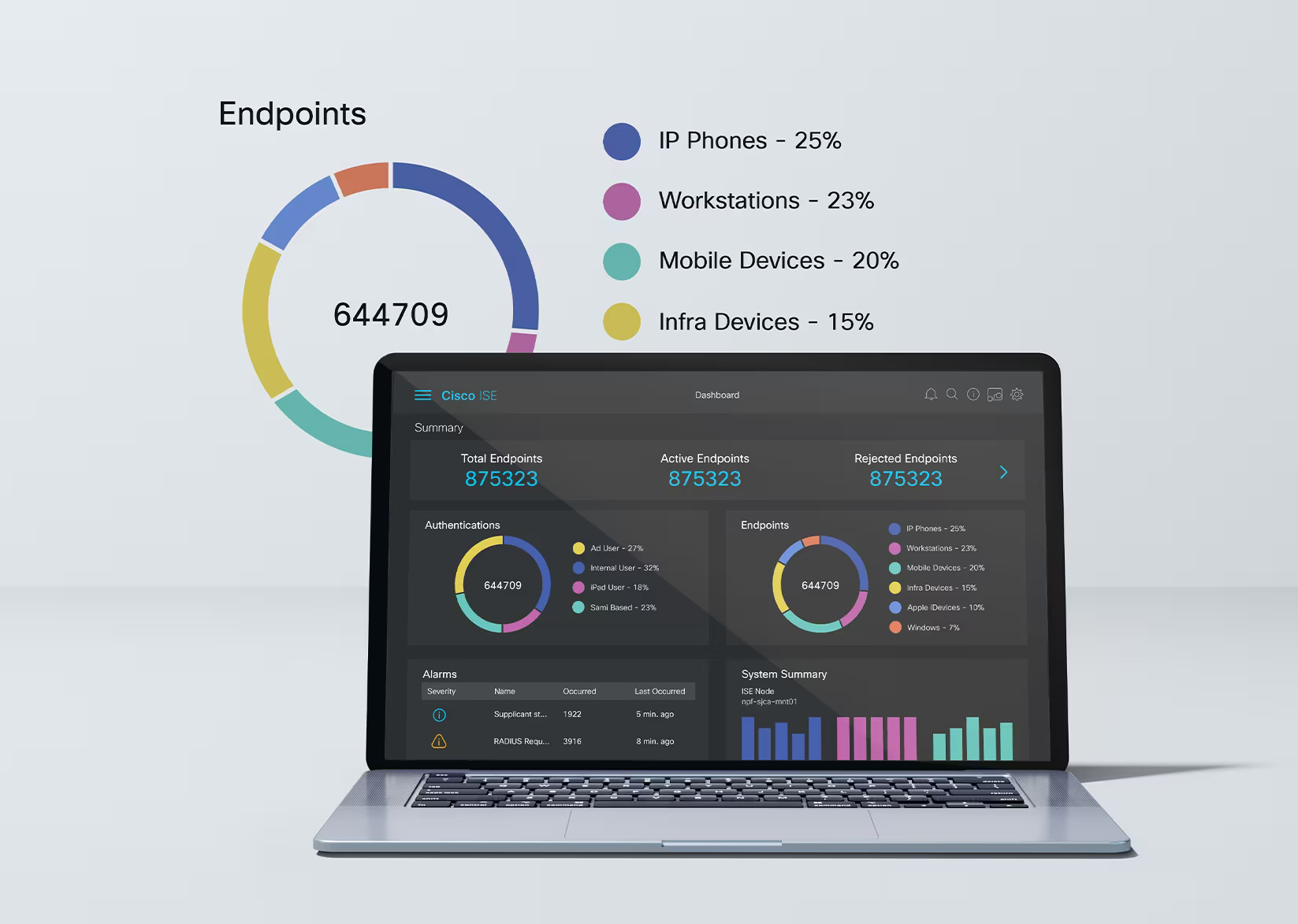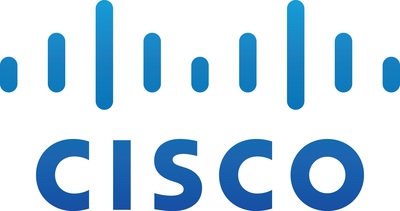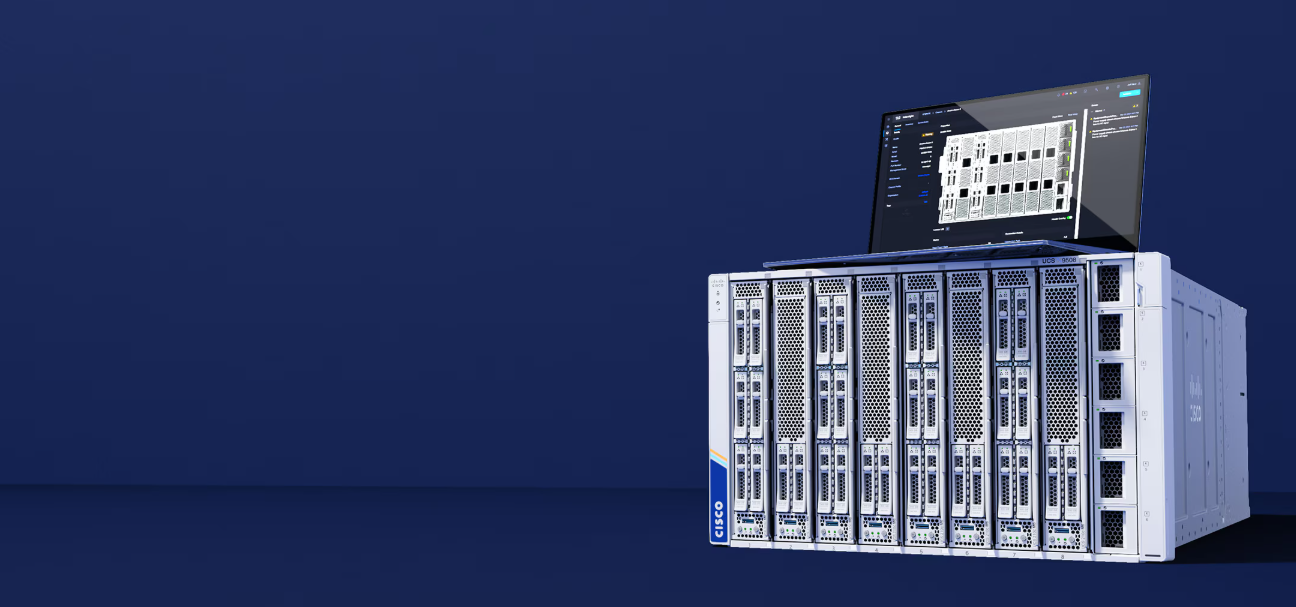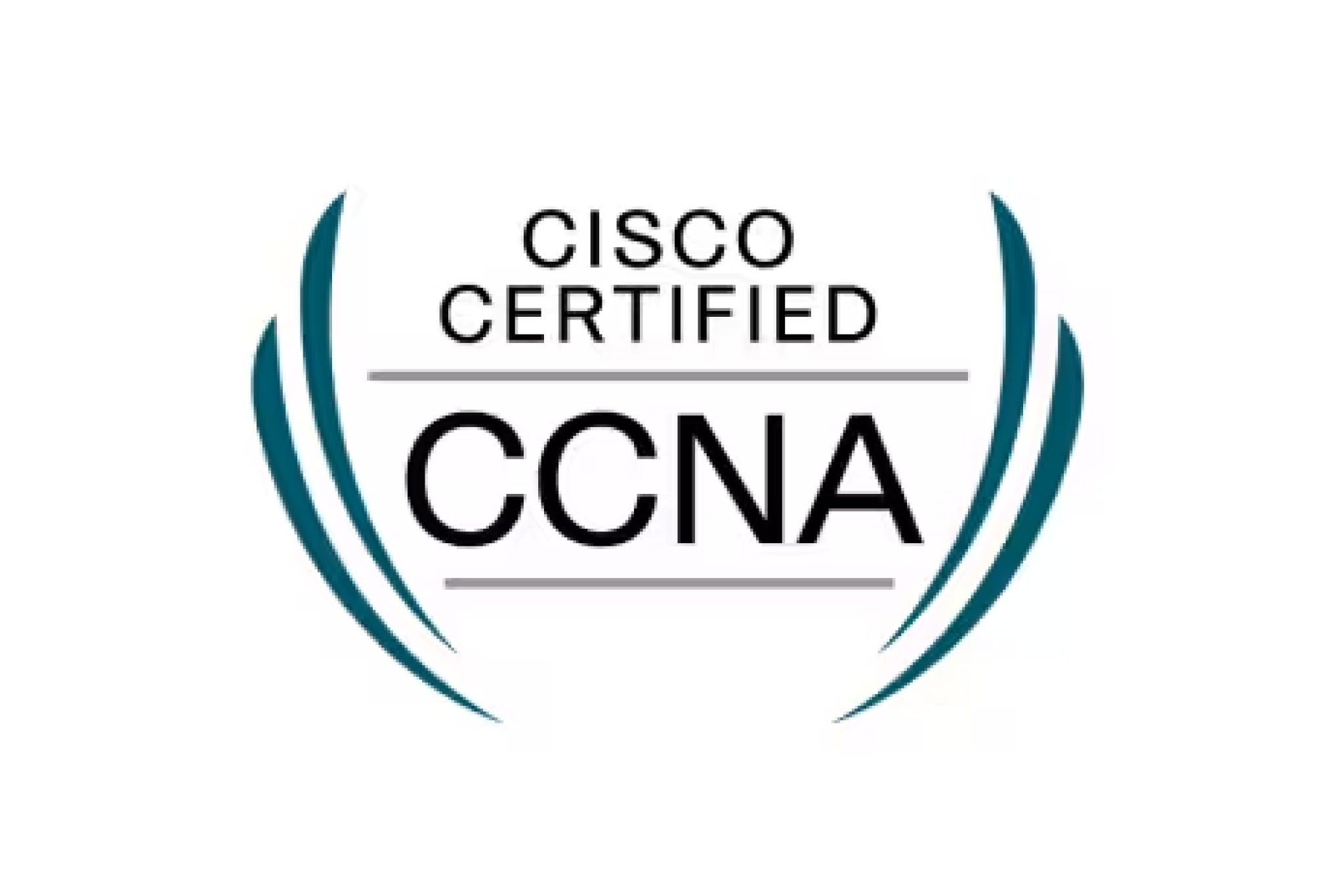
Securing your network has never been more important. As businesses increasingly rely on digital technologies and remote working, cyber threats are more prevalent than ever, threatening sensitive data and business continuity. But what exactly is network security, how does it work, and why is it so important to modern businesses?
This guide breaks down the importance of network security and provides practical insights for IT professionals, cybersecurity enthusiasts, and small business owners to keep their systems secure.
What Is Network Security?
At its core, network security refers to the practices, technologies, and policies designed to protect digital networks from cyber threats. These networks include everything from an individual’s home Wi-Fi to complex enterprise systems that connect global offices.
The goal of network security is to prevent unauthorized access, misuse, or disruption, while ensuring smooth and secure communication between users and systems. In addition to protecting the business, it also protects sensitive customer and employee data, fosters trust, and ensures compliance with regulations such as GDPR or HIPAA.
Network security is non-negotiable for businesses of all sizes. Whether you’re protecting employee workstations or highly sensitive corporate databases, robust security measures can mean the difference between business continuity and costly breaches.
How Does Network Security Work?
Network security works by combining layers of protocols, technology, and user practices to create a comprehensive defense system. Its primary goal is to identify and mitigate potential vulnerabilities before attackers can exploit them.
Think of your network as a castle. Network security solutions act as multiple layers of defense around it, including walls, gates, guards, and even moats, each designed to prevent, detect, and neutralize different threats.
Here’s a breakdown of how it works:
- Access Control
Access control ensures that only authorized users and devices can access your network. Methods such as multi-factor authentication (MFA) and role-based privileges restrict access to those with verified credentials.
- Firewalls
Firewalls monitor incoming and outgoing traffic, allowing or blocking packets based on predefined security rules. Think of them as the gatekeepers of the castle, preventing suspicious entities from entering your network.
- Intrusion Detection and Prevention Systems (IDPS)
IDPS actively monitors network data for signs of threats. While detection systems alert administrators to potential risks, prevention systems block identified threats immediately.
- Encryption
Encryption ensures that any data transmitted across your network is unreadable without proper keys or permissions. It’s like turning sensitive information into an uncrackable code, protecting it even when intercepted.
- Regular Updates and Patching
Hackers often take advantage of outdated software vulnerabilities. Regular system updates and patches keep your defenses strong against the latest threats.
Types of Network Security
Network security involves different tools and frameworks to address different types of vulnerabilities. Understanding these can help you layer your systems for the best protection.
1. Firewall Security
Firewalls are the backbone of most network security frameworks. They provide a barrier between trusted internal networks and untrusted external networks, filtering out harmful traffic.
Best used to protect servers, data centers, and any digital point exposed to incoming traffic, firewalls are an affordable first line of defense for businesses of all sizes.
2. Antivirus and Anti-Malware Software
These tools specialize in detecting and neutralizing malicious software, including viruses, worms, and spyware. They’re essential for protecting individual devices and ensuring that malware doesn’t compromise your network.
3. Virtual Private Networks (VPNs)
VPNs establish a secure, encrypted connection over less secure networks such as the Internet. They’re especially valuable for remote work environments, protecting employee activity from outside threats.
4. Network Access Control (NAC)
NAC solutions enforce strict security policies to ensure that only authorized users and compliant devices can connect to your network. This level of control prevents rogue or malicious devices from compromising business data.
5. Intrusion Prevention Systems (IPS)
While similar to firewalls, IPS tools take it a step further by actively monitoring and stopping threats in real time. They are highly effective at neutralizing actions such as SQL injections or distributed denial-of-service (DDoS) attacks.
6. Endpoint Security
While network security focuses on larger systems, endpoint security zooms in on individual access points such as laptops, mobile devices, or IoT devices. By securing endpoints, organizations can stop breaches at the source.
7. Data Loss Prevention (DLP)
DLP tools monitor and control data transfers to prevent sensitive information from leaving a secure environment. Whether through accidental leaks or malicious activity, DLP ensures that data stays where it belongs.
8. Behavioral Analytics Tools
These systems detect unusual behavior, such as unauthorized access attempts or data usage anomalies. By analyzing patterns, they can alert administrators before problems escalate.
9. Cloud Security

As more businesses move to the cloud, securing these virtual environments is critical. Cloud providers offer dedicated tools and controls to securely manage data and access.
10. Zero Trust Architecture (ZTA)
The Zero Trust model assumes that no one can be trusted by default, whether inside or outside the network. Users and devices must constantly verify their identities before gaining access, significantly increasing protection.
Why Is Network Security Crucial?
In today’s hyper-connected world, the attack surface for cyber threats is larger than ever. For network and security engineers, prioritizing network security isn’t just a best practice, it’s a critical requirement. Here’s why:
- Protects Sensitive Data: A secure network architecture shields confidential information, ensuring it remains inaccessible to malicious actors.
- Minimizes Downtime: Effective security measures prevent disruptions from breaches, ransomware, and DDoS attacks, keeping your systems operational and your business running.
- Strengthens Stakeholder Confidence: Demonstrating robust security practices assures customers and partners that their data and operations are in safe hands.
- Maintains Regulatory Compliance: Adhering to frameworks like GDPR, CCPA, and PCI DSS not only avoids penalties but also reinforces a culture of accountability and trust.
Securing the Future of Your Network
Network security is no longer a luxury, it’s the backbone of any resilient, high-performing IT environment. Whether safeguarding IoT devices, enterprise systems, or hybrid networks, implementing advanced tools and best practices ensures your organization is prepared to detect, mitigate, and recover from cyber threats.
Looking for tailored solutions? Our experts specialize in designing scalable, innovative security architectures that align with your organization’s unique challenges and goals. Explore our comprehensive, expert-led security courses today!







